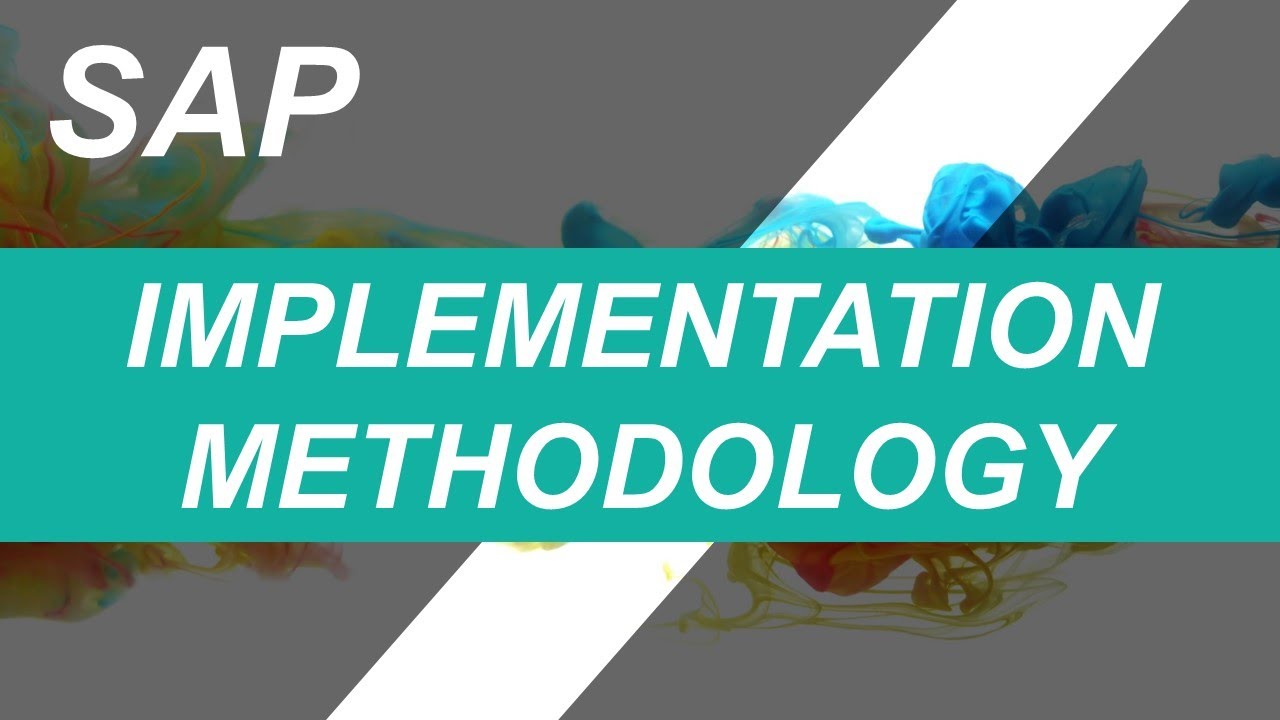SAP implementation is a transformative process that revolutionizes the way businesses operate, making it an intriguing subject. It involves the integration of the renowned SAP software into an organization’s existing systems, enabling streamlined operations, enhanced efficiency, and improved decision-making capabilities. With its vast range of modules and functionalities, SAP offers a comprehensive suite of tools for managing various business processes, including finance, human resources, supply chain, customer relationship management, and more.
The implementation of SAP involves meticulously planning, configuring, and customizing the software to cater to the unique needs of a company. This process requires a deep understanding of the business’s intricacies and a strategic approach to ensure a successful deployment. By leveraging SAP’s powerful capabilities, organizations can automate manual tasks, centralize data, and gain real-time insights, propelling them towards growth and success in today’s competitive landscape.
Notably, SAP implementation holds immense significance as it enables businesses to optimize their operations, improve productivity, and drive innovation. It empowers employees by providing them with user-friendly interfaces and access to accurate, up-to-date information, enabling them to make informed decisions promptly. Furthermore, SAP implementation facilitates seamless collaboration across departments and enhances communication channels, fostering a cohesive work environment.
In conclusion, embarking on an SAP implementation journey can be a captivating endeavor for businesses aiming to revolutionize their operations through advanced technology. With its comprehensive functionalities and potential to drive growth, SAP offers an exciting opportunity for organizations to elevate their performance and stay ahead in today’s dynamic business landscape.

Understanding SAP Implementation
| Aspect | Description |
|---|---|
| Definition | SAP implementation refers to the process of deploying and configuring SAP software solutions to meet specific business requirements. It involves adapting and customizing the system to streamline business processes and maximize efficiency. |
| Phases | SAP implementation typically follows a structured approach comprising various phases. These include project preparation, business blueprinting, realization, final preparation, and go-live support. Each phase entails specific activities, such as requirement gathering, system configuration, integration testing, end-user training, and data migration. |
| Team Composition | A successful SAP implementation demands a multidisciplinary team with expertise in areas like project management, business process analysis, technical configuration, data migration, and change management. Collaboration between business stakeholders and IT professionals is crucial to ensure alignment between system capabilities and organizational goals. |
| Benefits | Implementing SAP can bring numerous benefits to an organization. It enables process standardization, enhances data integrity, simplifies reporting and analysis, improves resource allocation, and fosters better decision-making. Additionally, it promotes better collaboration among departments and enhances customer satisfaction through streamlined operations. |
| Challenges | SAP implementation can be complex, requiring meticulous planning and careful execution. Challenges may arise during data migration, integration with existing systems, change management, and user adoption. Organizations must invest in adequate training, change management strategies, and expert guidance to overcome these hurdles and ensure a successful implementation. |
Note: SAP implementation is a vast and dynamic field, and the information presented here provides a high-level overview. For comprehensive guidance and tailored solutions, it is recommended to consult with experienced SAP implementation professionals.
“Accelerating Your SAP S/4HANA Journey: Streamlined Implementation Steps Unveiled!”
What is SAP Implementation?
SAP implementation refers to the process of installing and configuring the SAP software system for an organization. SAP, which stands for Systems, Applications, and Products, is a leading enterprise resource planning (ERP) software used by businesses worldwide to streamline their operations and manage various functions such as finance, sales, human resources, and supply chain management.
The Stages of SAP Implementation
SAP implementation typically involves several stages that organizations need to follow to successfully deploy the software system:
1. Planning and Preparation
This initial stage involves defining the project scope, objectives, and timelines. It includes assessing the organization’s current processes, identifying gaps and opportunities for improvement, and developing a detailed implementation plan. Key tasks during this stage include forming an implementation team, securing necessary resources, and conducting a feasibility study.
2. System Design and Configuration
During this stage, the organization works closely with SAP consultants to design and configure the system to meet its specific requirements. This involves mapping the organization’s business processes onto the SAP system, defining master data elements, and configuring the system settings. The implementation team collaborates with SAP consultants to ensure the system is customized to align with the organization’s needs.
3. Development and Testing
Once the system design and configuration are complete, the organization moves on to the development and testing phase. This stage involves developing and testing customized functionalities, interfaces, and reports within the SAP system. It also includes data migration, where the organization transfers existing data into the SAP system and ensures its accuracy and integrity. Rigorous testing is conducted to identify and resolve any issues or bugs before moving to the next stage.
4. Training and User Acceptance
Training plays a crucial role in successful SAP implementation. The organization provides comprehensive training programs to end-users, including employees who will be interacting with the system on a daily basis. This training helps users understand the new system, its features, and functionalities. User acceptance testing is also carried out during this stage, where end-users test the system to ensure it meets their needs and requirements.
5. Go-Live and Post-Implementation Support
Once the system is fully tested and approved, it is ready to go live. The organization transitions from the old system to the new SAP system, ensuring a smooth migration. During this stage, continuous support is provided to end-users to address any issues or challenges they may encounter while adapting to the new system. Post-implementation support helps organizations maximize the benefits of SAP implementation and fine-tune the system based on user feedback and evolving business needs.
Benefits of SAP Implementation
SAP implementation offers numerous benefits to organizations, including:
1. Streamlined Processes
By integrating various functions and departments through a single unified system, SAP implementation helps streamline business processes. This results in improved efficiency, reduced manual work, and enhanced productivity.
2. Data Accuracy and Integrity
SAP provides a centralized database that ensures data accuracy and integrity. Real-time data updates and a single source of truth enable organizations to make informed decisions based on reliable and up-to-date information.
3. Enhanced Reporting and Analytics
SAP offers robust reporting and analytics capabilities, allowing organizations to gain deep insights into their operations. Customizable reports, dashboards, and key performance indicators enable data-driven decision-making and help identify areas for improvement.
4. Improved Collaboration and Communication
SAP implementation fosters collaboration and communication within the organization. By providing a common platform and standardized processes, it enables seamless information sharing and improves cross-departmental coordination.
5. Scalability and Flexibility
SAP is designed to scale with business growth and adapt to changing needs. It offers modules and functionalities that can be customized and expanded as the organization evolves, ensuring long-term sustainability and flexibility.
In Conclusion
SAP implementation is a complex process that requires careful planning, collaboration, and expertise. However, the benefits it brings to organizations are substantial. By streamlining processes, ensuring data accuracy, enhancing reporting capabilities, improving collaboration, and providing scalability, SAP implementation can empower organizations to thrive in today’s competitive business landscape.

